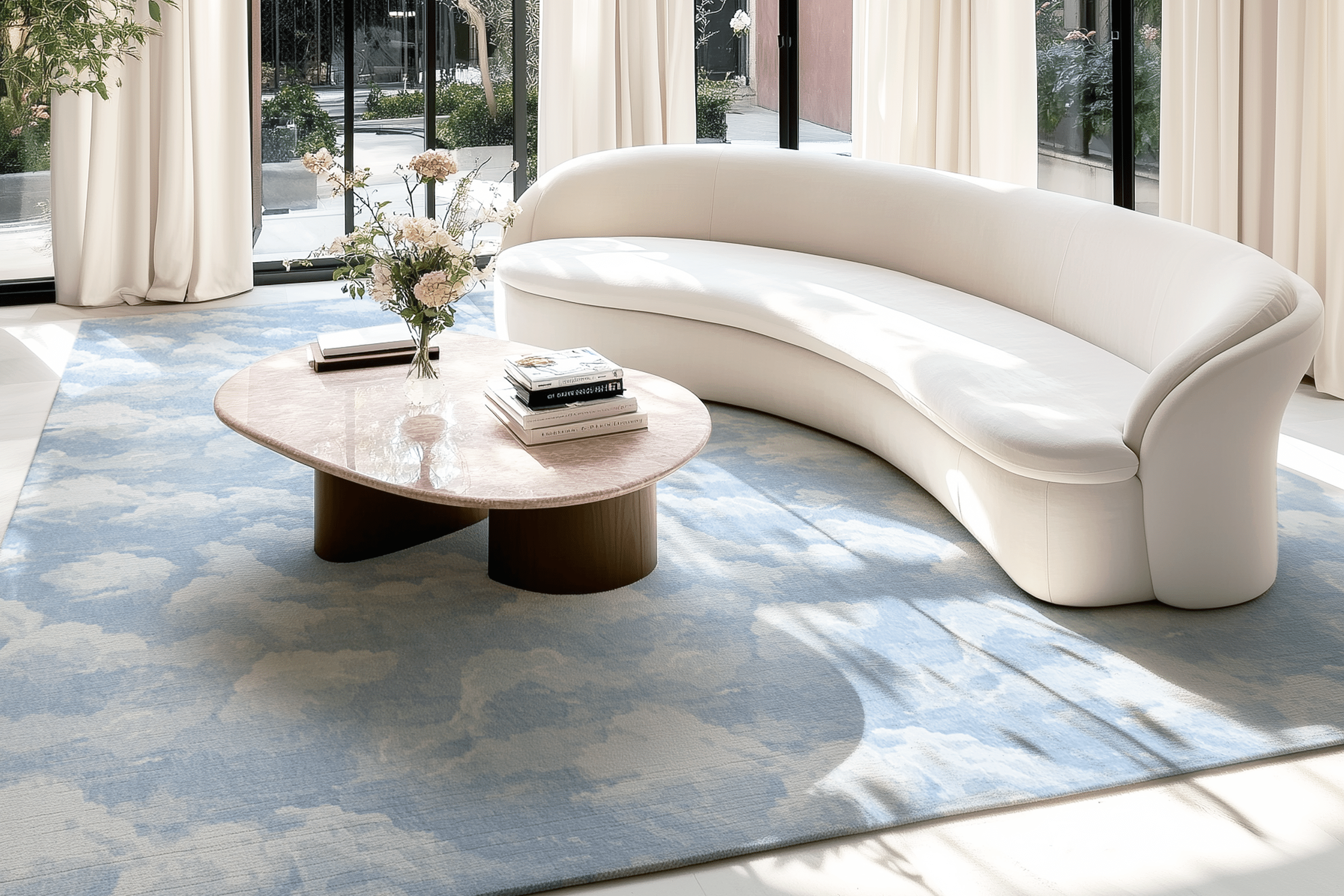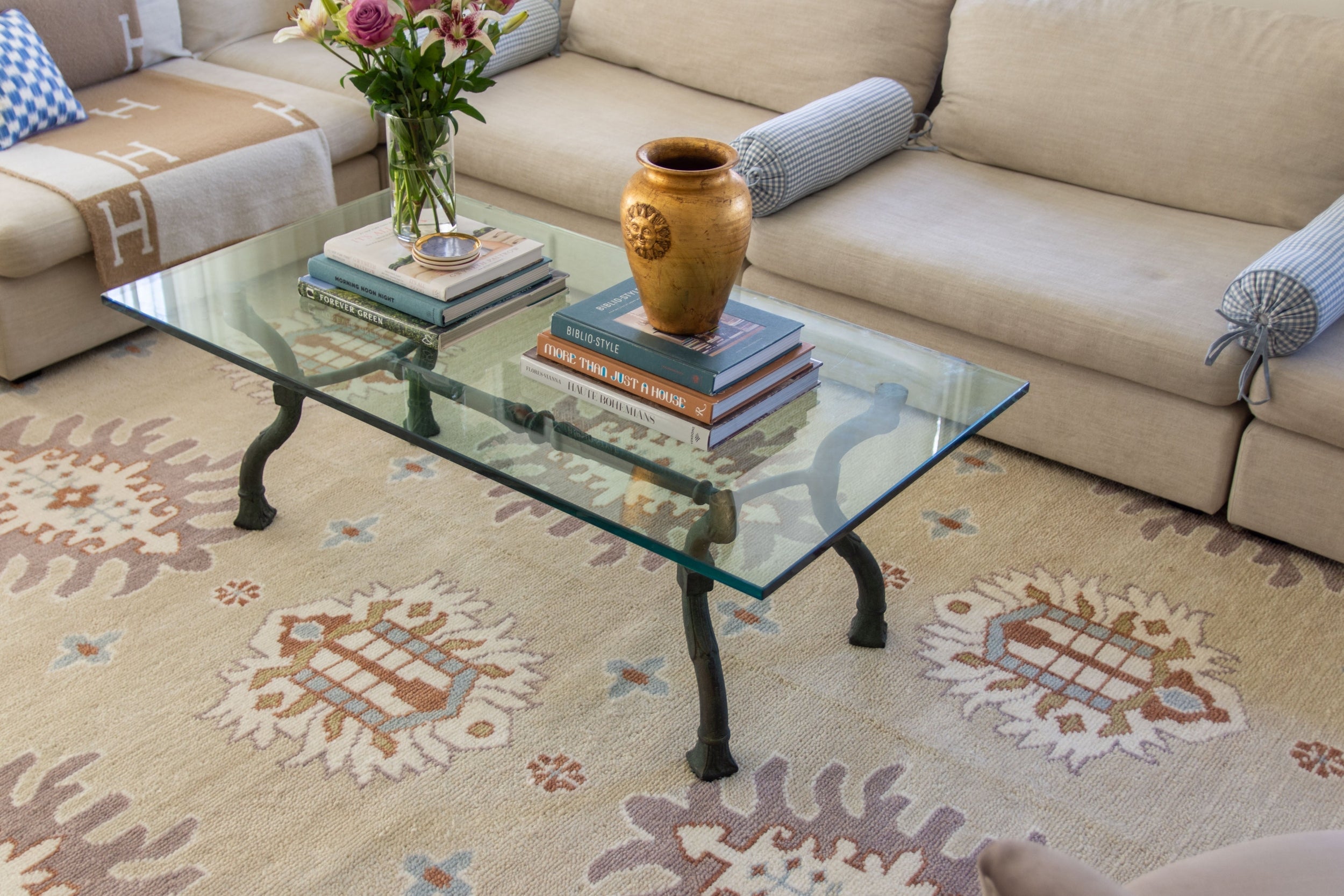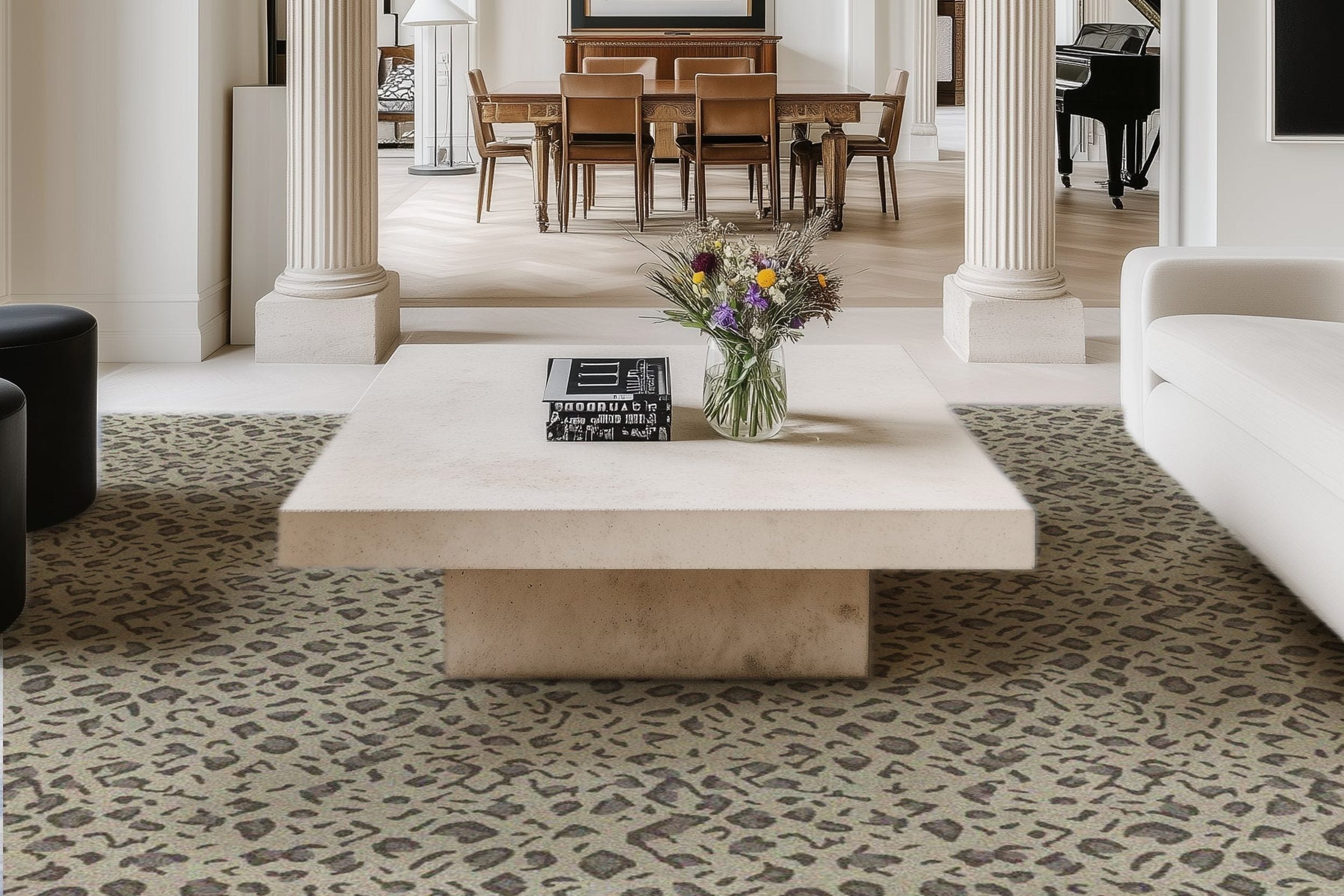From Quarry to Quiet Living: Limestone Fireplaces Shape Our Interiors

From the earliest human shelters to the most sophisticated contemporary dwellings, natural materials have consistently formed the bedrock of our built environment. There's an undeniable connection we feel to elements drawn directly from the earth, a resonance that transcends fleeting trends and offers an enduring sense of authenticity and rootedness. Certain materials, through their innate character and resilience, possess a remarkable ability to anchor a space, transforming it from mere architecture into a truly inviting sanctuary. Among these, the fireplace stands as a venerable focal point, a traditional gathering place that symbolizes warmth and comfort. This article embarks on a journey to explore the profound impact of limestone, tracing its path from the quarry to its exquisite manifestation as a limestone fireplace, shaping the very essence of our interior living spaces.
The Journey from Earth: Sourcing Limestone
The story of a limestone fireplace truly begins deep within the earth, shaped by geological processes spanning millions of years. Limestone itself is a sedimentary rock primarily composed of calcium carbonate, often derived from the fossilized remains of ancient marine organisms. Over vast epochs, layers of shells, corals, and other organic debris accumulated on seabeds, compacted under immense pressure, and solidified into the dense, beautiful stone we recognize today. The extraction process, known as quarrying, involves carefully separating large blocks of this ancient material from the earth. This intricate dance between human ingenuity and natural formation requires precision and respect for the environment. Increasingly, designers and homeowners are seeking to understand the origins of their materials, valuing the ability to specify aggregates near me to reduce transportation impact and support local industries. This deliberate journey from the quarry, through skilled extraction, highlights the inherent strength and timeless beauty that the stone will eventually bring into a living space.
Why Limestone? Characteristics and Aesthetic Appeal
The enduring appeal of a limestone fireplace stems directly from the stone’s inherent characteristics and its remarkable aesthetic versatility. Unlike the more stark presence of granite or the rustic feel of rough-cut timber, limestone possesses a soft, muted palette, typically ranging from creamy whites and warm beiges to subtle grays and earthy tans. Its allure is often enhanced by delicate veining or the occasional presence of ancient fossil inclusions, each telling a unique geological story. Beyond its color, limestone can be finished in various ways to achieve distinct textures: honed for a smooth, matte contemporary look; polished for a subtle sheen; brushed for a tactile, aged feel; or even distressed for a truly rustic charm. These qualities allow a limestone fireplace to serve as more than just a heat source; it becomes a central architectural feature, imparting a sense of timeless elegance and quiet sophistication. Its inherent durability and excellent thermal properties also make it a naturally fitting and safe choice for environments exposed to heat.
Crafting the Hearth: Design and Fabrication
Transforming raw blocks of limestone into the elegant components of a fireplace is a meticulous process demanding both technological precision and artisanal skill. Once extracted from the quarry, these massive stone blocks are transported to specialized fabrication facilities. Here, skilled stone masons and advanced machinery work in concert to meticulously cut, shape, and finish each piece. Whether it’s a grand mantelpiece, a robust hearth, or intricately carved surround elements, every cut must be precise to ensure a perfect fit and seamless aesthetic. This stage allows for remarkable customization, from classic, ornate corbels that evoke historical grandeur to minimalist, clean lines that define a contemporary space. Collaborating with a reputable stone center Columbus, or a similar local expert, is crucial in this phase. Their expertise ensures that the raw material is handled with care, that design visions are translated into tangible forms with structural integrity, and that the final product is not only beautiful but also built to last, a testament to enduring craftsmanship.
Architectural Harmony: Integrating Limestone Fireplaces into Interiors
A limestone fireplace possesses an innate ability to transcend its functional purpose, becoming a powerful architectural anchor within any room. Its natural, understated elegance allows it to integrate seamlessly into diverse interior design schemes, enhancing the overall harmony of the space without dominating it. In traditional settings, a classical mantelpiece with subtle carvings provides a focal point of timeless sophistication, echoing historical elegance. For modern and minimalist interiors, clean-lined, unadorned limestone surrounds can offer a sense of quiet luxury and organic texture, grounding the space with a tactile, natural element. In a rustic or farmhouse aesthetic, a substantial, perhaps rough-hewn, limestone hearth can evoke warmth and authenticity, connecting the indoors to the rugged beauty of the outdoors. The stone's neutral palette also offers immense versatility, allowing it to complement a wide spectrum of wall colors, furnishings, and flooring materials, consistently elevating the room's perceived value and offering a distinct character that feels both grand and inviting.
Conclusion
The journey of limestone, from its ancient origins deep within the earth to its refined presence as a fireplace in our homes, is a testament to the enduring appeal of natural materials. This transformation is more than a mere construction process; it’s the shaping of a raw element into a focal point that embodies warmth, stability, and timeless beauty. A limestone fireplace is not just a structure that provides heat; it becomes a quiet, powerful statement within an interior, seamlessly blending natural elegance with architectural substance. It grounds a space, offering a visual and tactile connection to the earth's history. By understanding its journey and appreciating its unique qualities, we can truly value these magnificent features not just as design elements but as enduring legacies that quietly enhance the comfort and character of our living spaces for generations.
Browse by Category

Design Projects
Explore interiors from client work and personal renovations — layered, livable, and always in progress.
read more →
Collaborations
From product launches to styled spaces, discover the brand stories I’ve helped bring to life.
read more →
The Notebook
A growing archive of iconic designers, inspiring artists, and unforgettable design moments.
read more →
Travel by Design
Wander with a designer’s eye — from charming hotels and city guides to visual inspiration abroad.
read more →




